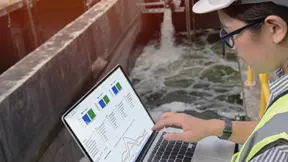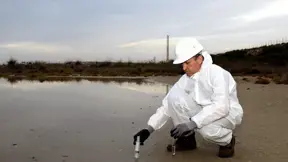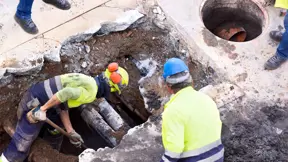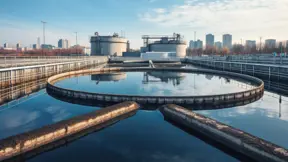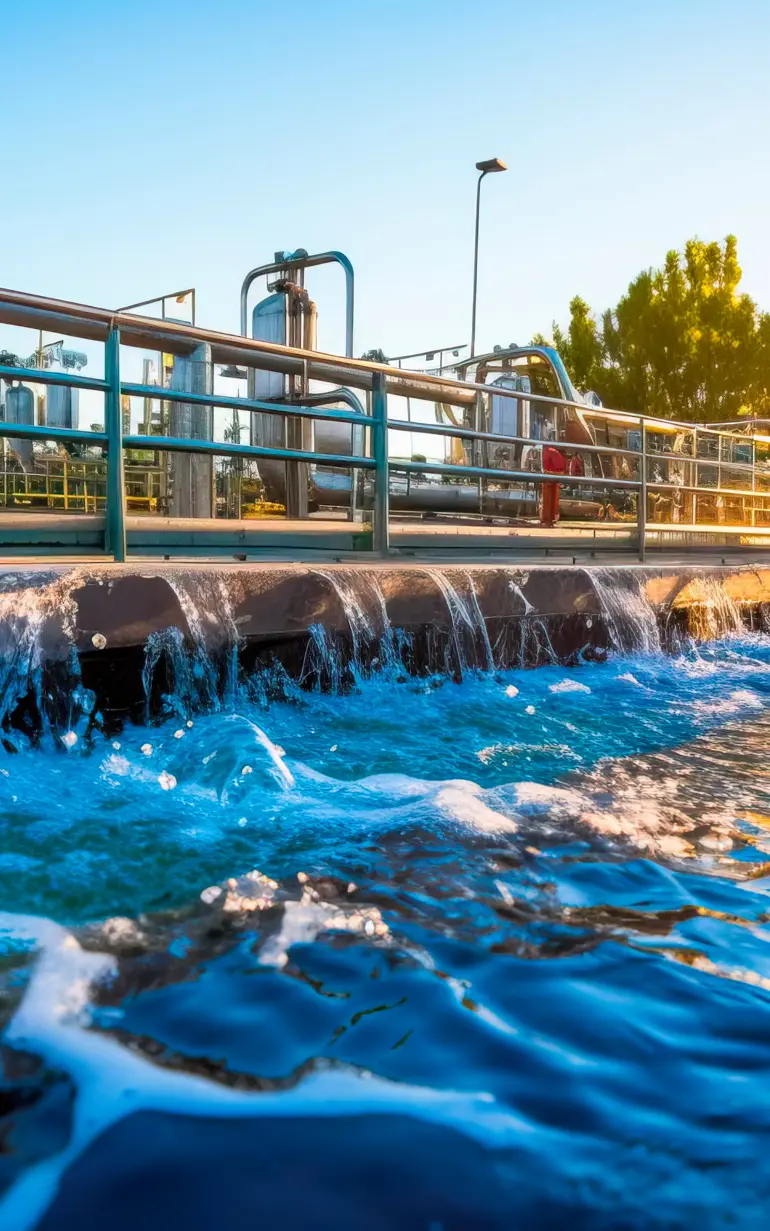
The cost-efficient steps to reduce inflow and infiltration at Söråker wastewater treatment plant
How Söråker WWTP used a coupled groundwater-sewer model for a comprehensive evaluation with detailed insights
The Söråker wastewater treatment plant (WWTP) in northern Sweden, operated by the water utility MittSverige Vatten, faced significant challenges due to high inflow and infiltration flows, particularly during snowmelt periods. These issues were exacerbated by the village's high groundwater levels, aging infrastructure and anticipated population growth. But by implementing a solution that integrates advanced technology with practical engineering, MittSverige Vatten has gained a detailed and holistic overview of hydrogeology and sewer networks for more efficient reduction of inflow and infiltration.
Challenge
Söråker's location on a slope near the Baltic Sea, combined with its glacial till soil composition, naturally led to elevated groundwater levels. Additionally, the village's infrastructure, including basements with drainage connected to the sewer network, contributed to excessive groundwater leakage into sewer pipes. Previous efforts, such as field surveys and scattered pipe relining, provided limited insights into these complex issues, jeopardising the WWTP's treatment efficiency and posing risks to residents and the environment.
Solution
In collaboration with DHI, Söraker WWTP implemented a multi-step approach:
- Development of a coupled MIKE SHE groundwater-sewer model that allows detailed digital investigation of inflow and infiltration from groundwater and stormwater into the sewer network
- Calibration of the model against groundwater monitoring points and total inflow to the WWTP
- Evaluation of future scenarios involving strategies like deeper ditches, additional drainage and sewer pipe relining
- Assessment of scenario impacts on inflow, treatment efficiency and groundwater levels. The integration of MIKE SHE and MIKE+ sewer models enabled detailed, physically based simulations, offering insights beyond traditional methods
Results
Söraker WWTP gained actionable solutions for informed decision-making that will enable them to accommodate the need for new housing areas at a reasonable cost and simultaneously reduce environmental impact on surrounding water environments. And by enhancing the operational and environmental efficiency of the existing WWTP, costly investments in upgrading the sewer network can be avoided. The implemented solutions are expected to alleviate the WWTP’s environmental load, enhance water quality and mitigate flooding risks. Results include:
- An estimated investment savings of EUR 14 million by eliminating the need for costly investments in conventional sewer separation
- A 30% reduction in biological oxygen demand (BOD) load to receiving waters, minimising environmental impact
- Accommodation of new housing areas within existing WWTP permits thanks to reduced environmental impact from the WWTP
Client:
Location:
Sweden
Related SDG(s):
SDG 6: Ensure availability and sustainable management of water and sanitation for all
Technology:
‘With help from DHI, we now have a better understanding of which actions will give us the most value in reducing the inflow and infiltration problems in the village of Söråker. The report is also a support in the dialogue with the supervisory authority as we can use it to explain the complexity of fixing the supplementary water problem.’
Kent Johansson, Mittsverige Vatten & Avfall
About our client
MittSverige Vatten & Avfall (MSVA) is responsible for the water, wastewater treatment and waste management services in the Swedish municipalities Sundsvall, Timrå and Nordanstig, which have more than 126,000 inhabitants combined.
You may also like
How can we help?
With our global network of offices, we make sure you get the right answers to your local needs. Tell us about your water challenges and we will get back to you.
